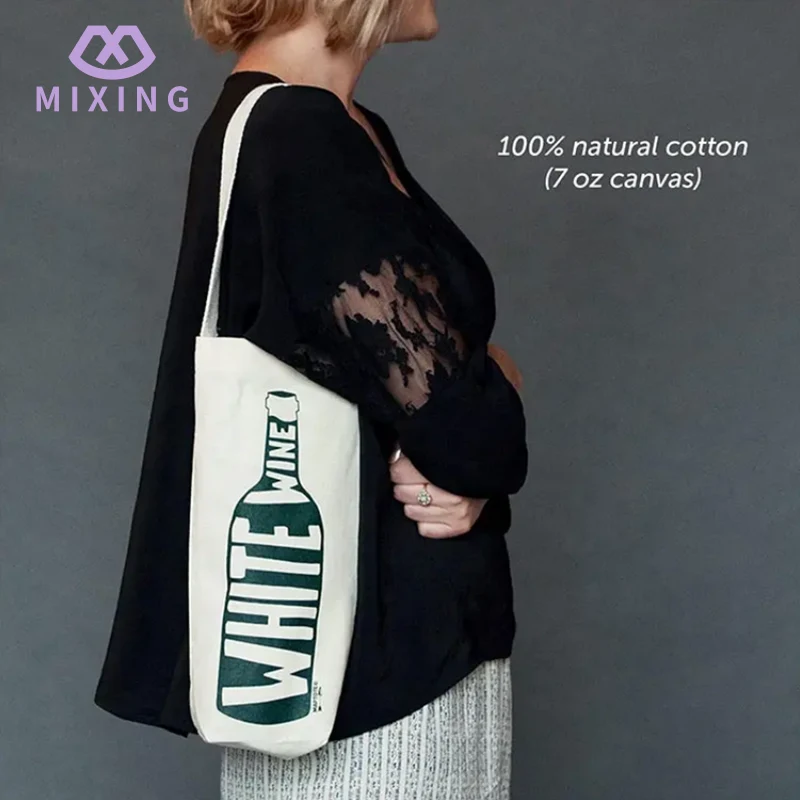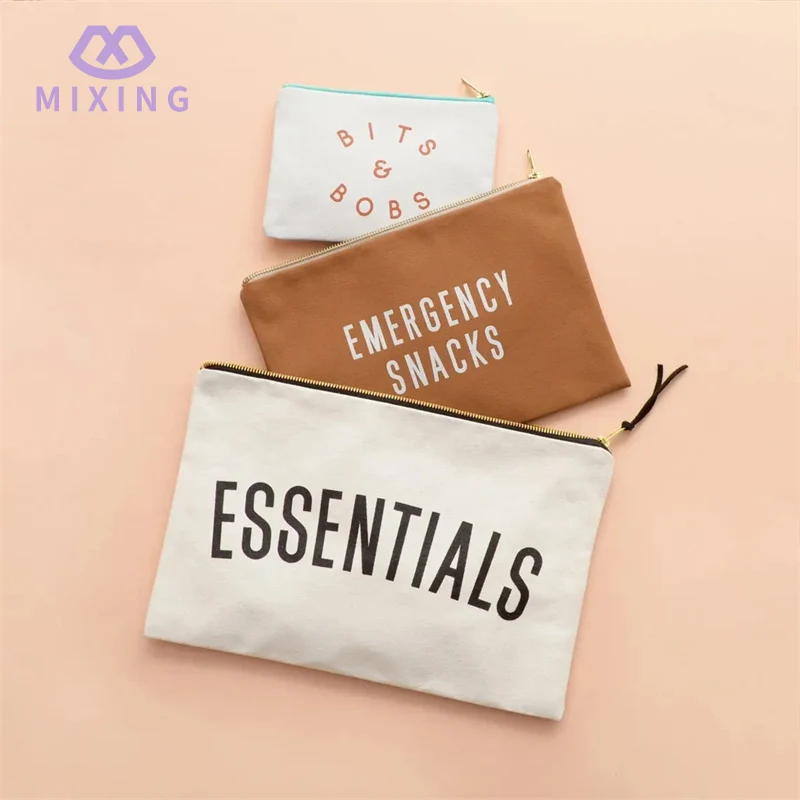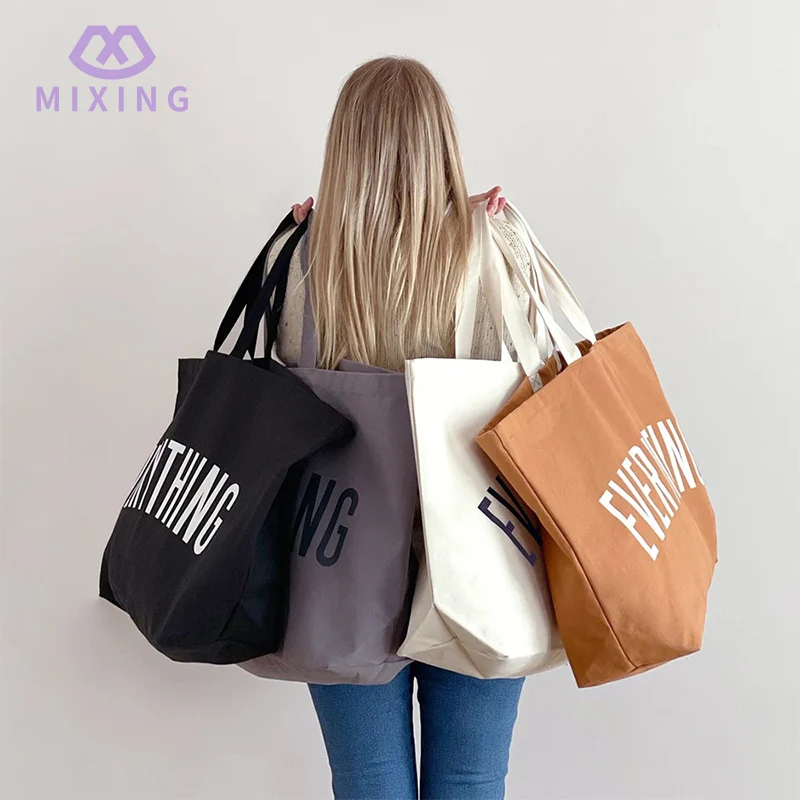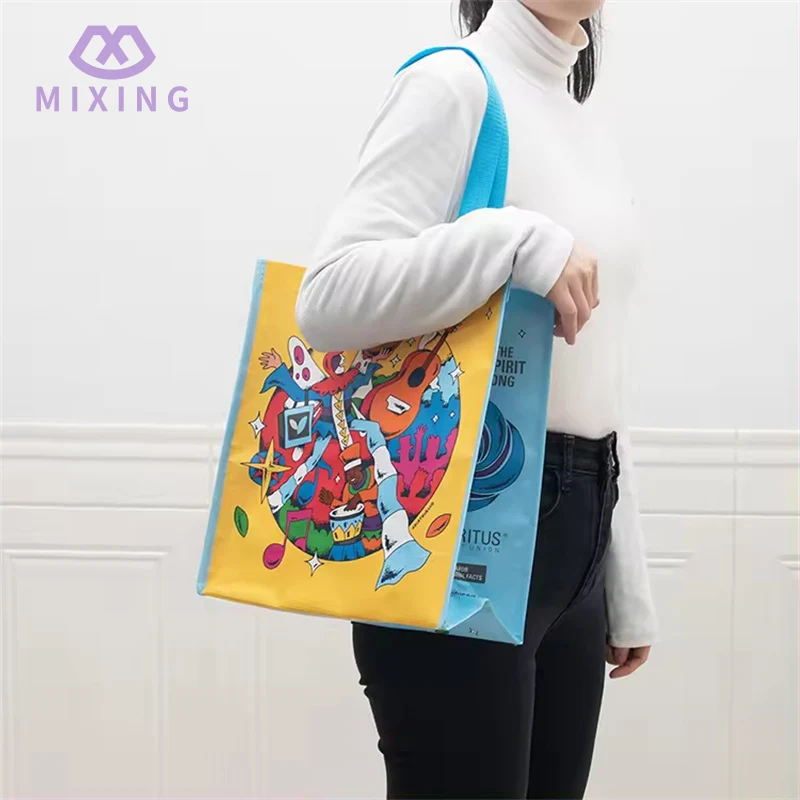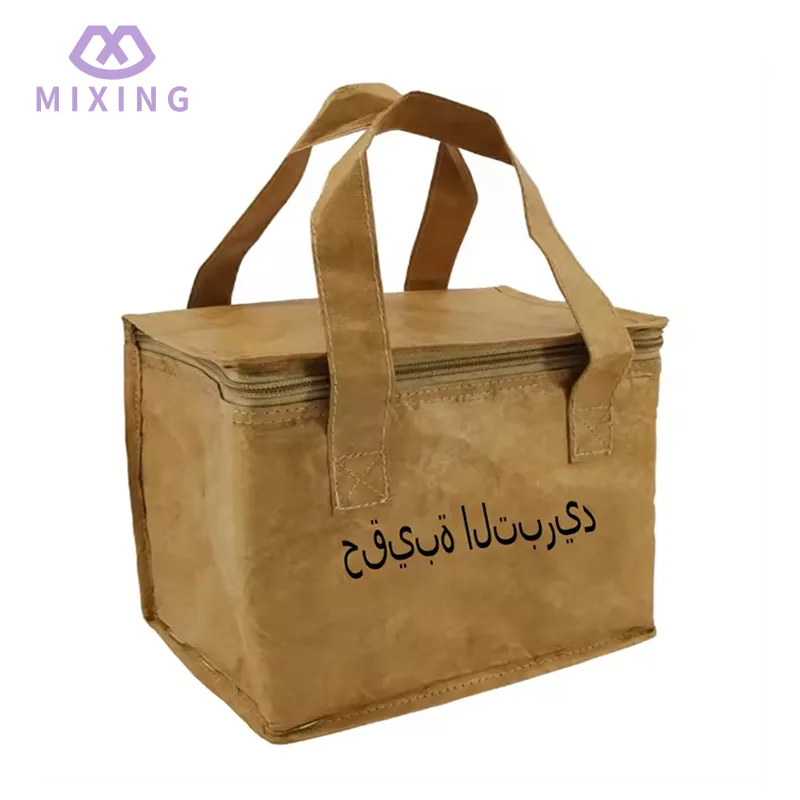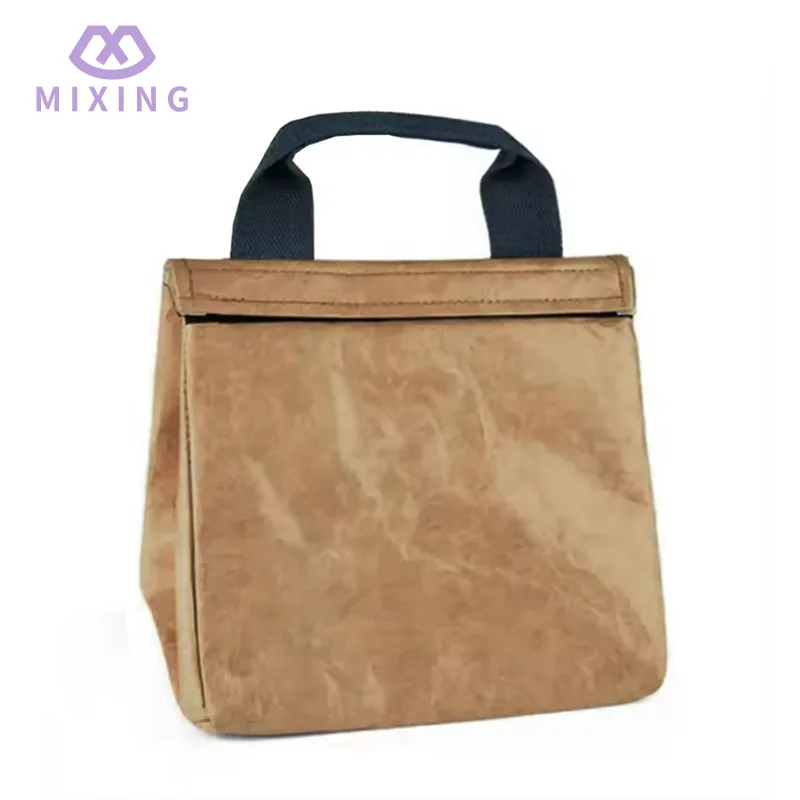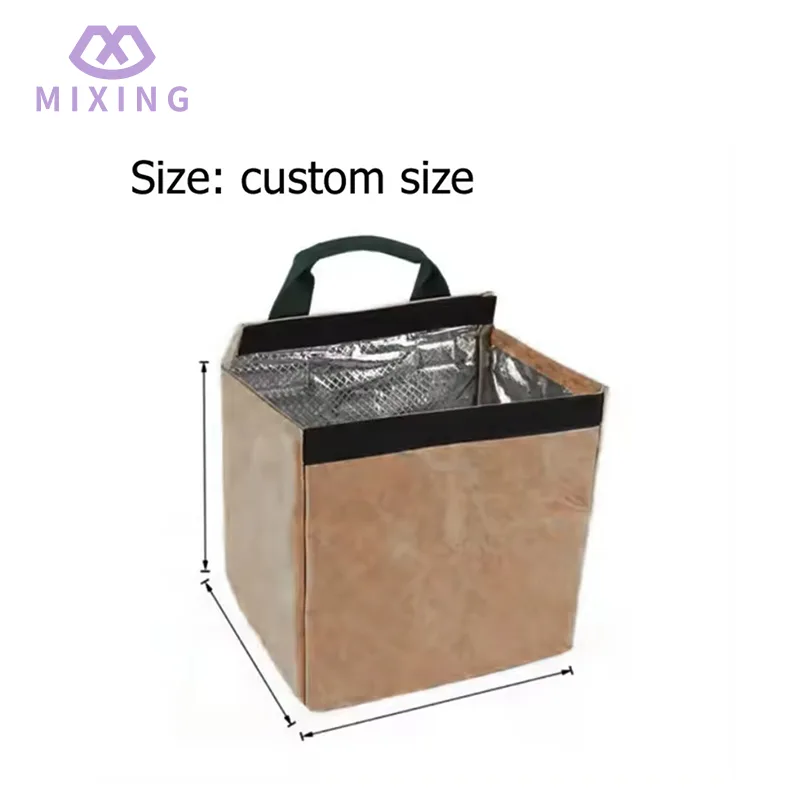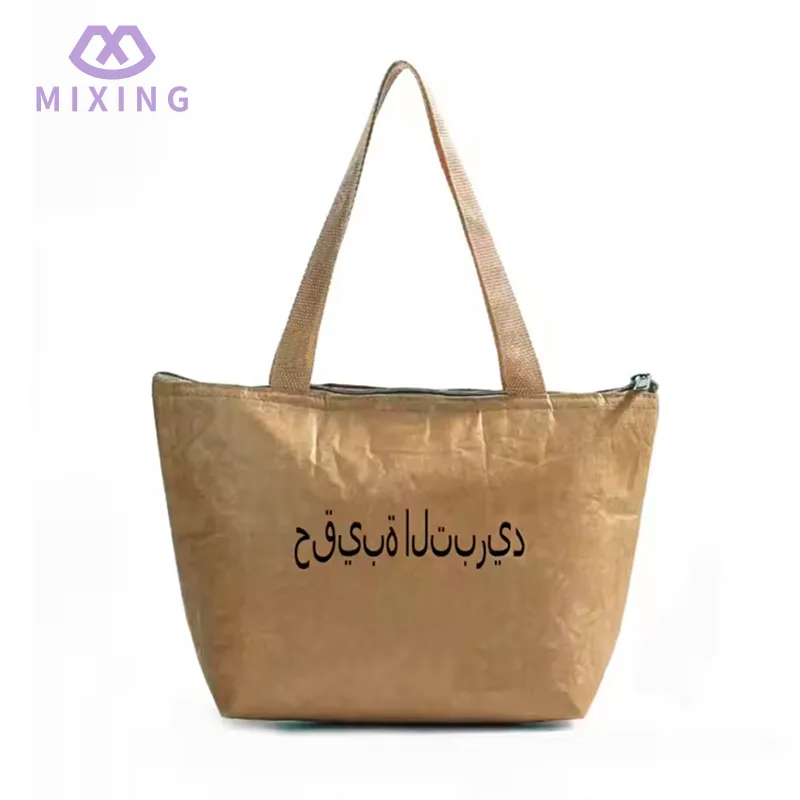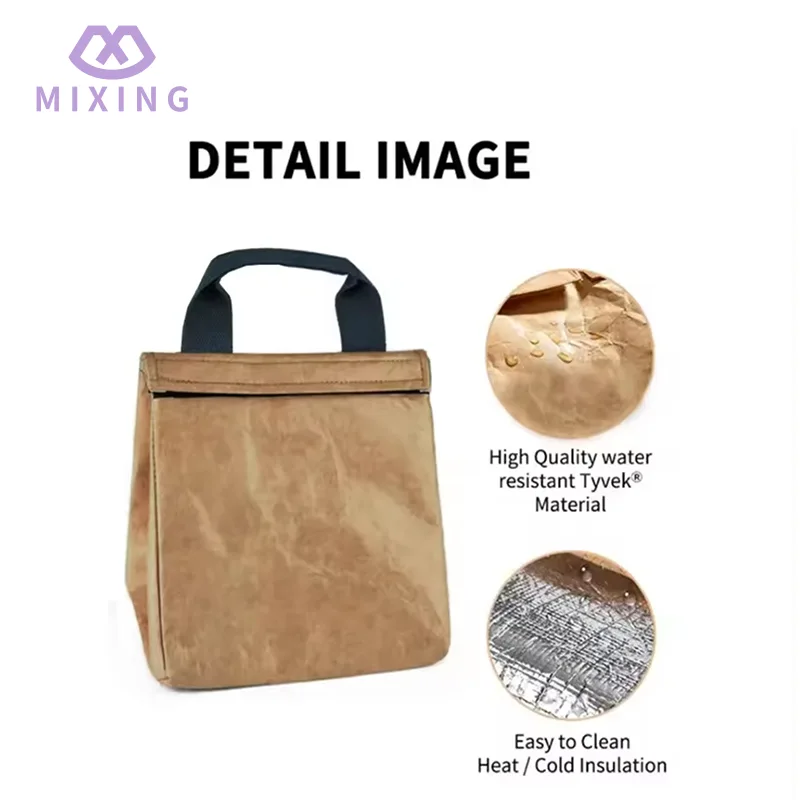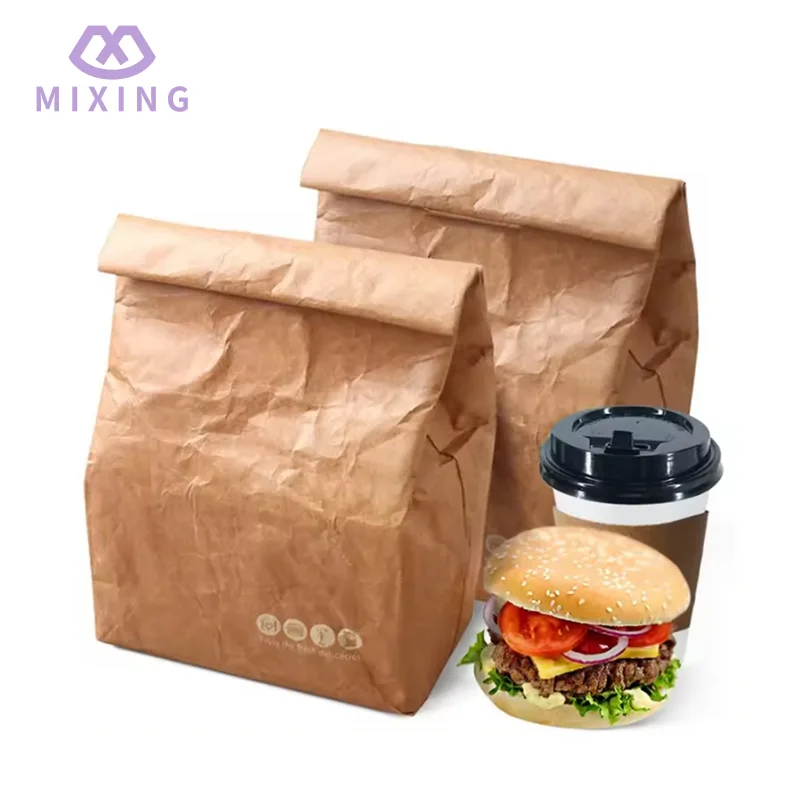Tyvek Cooler Bags
Send Inquiry
Looking for visually appealing quality Tyvek Cooler Bags that reflect your brand's sustainable values? Mixing's cooler bags are the perfect choice for pop-up stores, creative events, and eco-themed promotions. Fully customized in shape, size, and print, they're not only reusable and durable, they double as stylish tote bags that your customers will love.
Tyvek Features:
Tyvek is non-toxic, non-irritating, non-corrosive, easy to handle after use, and the products of complete combustion are carbon dioxide and water.
Performance
It is chemically inert to most acids, alkalis, and salts, and has good liquid barrier protection function.
1.Waterproof and breathable. Porous material with good air permeability. Because of the fine fibers, liquid water, oil, etc. cannot easily penetrate; while gas and water vapor can pass through it with excellent waterproof and breathable properties.
2.The special physical tissue structure can completely block tiny mites and dust to prevent them from penetrating.
3.Excellent bacteria blocking effect. It can be used in the packaging of sterile medical products. Low pilling. Durable and lint-free.
Tyvek Cooler Bags are easy to process, and because they do not absorb water, their dry and wet strengths do not change. Determined by the nature of the material itself, the size basically does not change with humidity. At constant temperature, in the range of relative humidity 0~100%, it can maintain excellent dimensional stability. Good protection at -73 degrees.It is chemically inert to most acids, alkalis, and salts, and has good liquid barrier protection.
Tyvek Cooler Bags combine the advantages of paper, film, and cloth. They are strong and durable, waterproof and breathable, soft and tough, and have stable and balanced physical properties.It is easy to process. Since it does not absorb water, its dry and wet strength does not change. Determined by the properties of the material itself, the size does not change with humidity.
At constant temperature, it can maintain excellent dimensional stability in the range of relative humidity of 0~100%. It can still maintain toughness and flexibility at -73 degrees; it starts to shrink at 118 degrees; it starts to melt at 135 degrees. Therefore, the heating temperature should not exceed 79 degrees to avoid deformation. Ironing is not recommended for its home textile products.
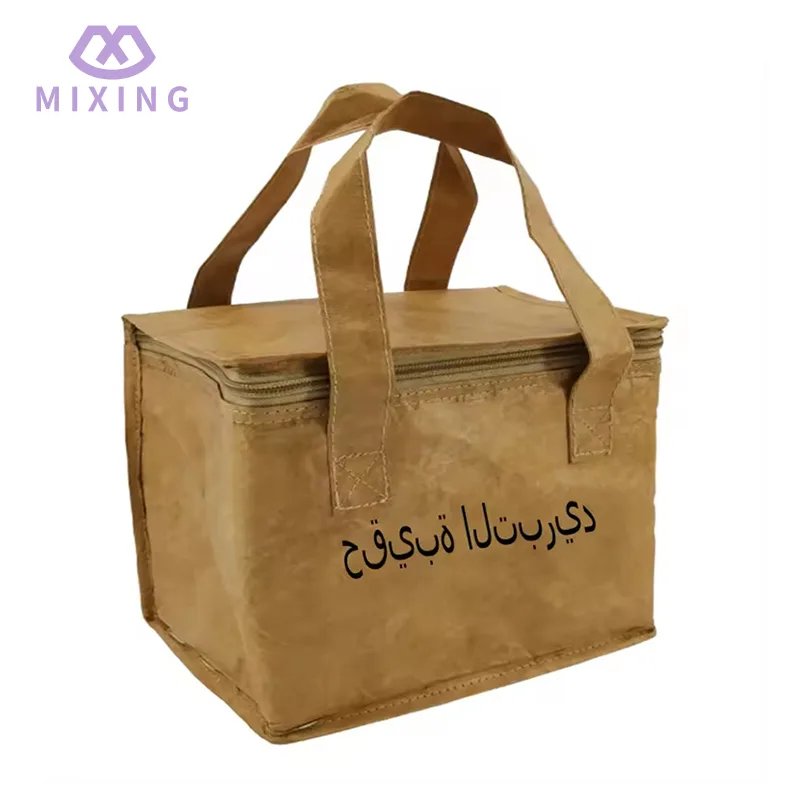
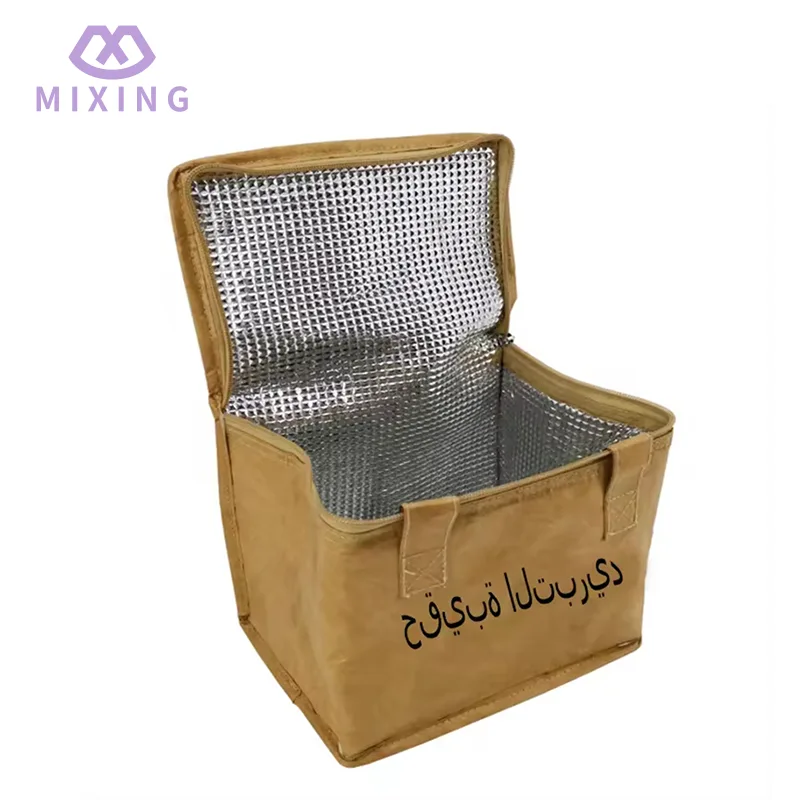
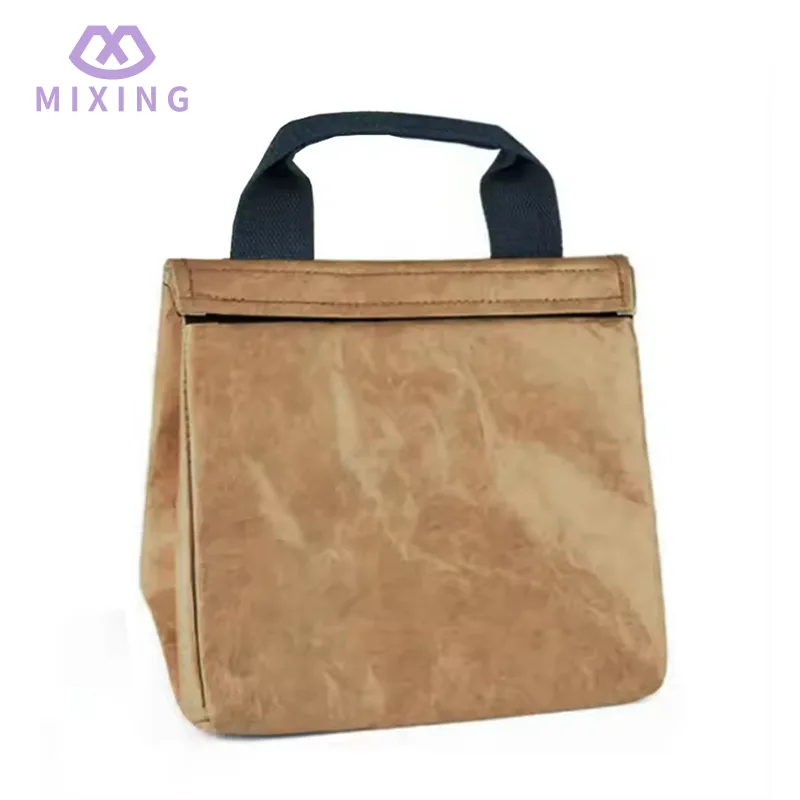
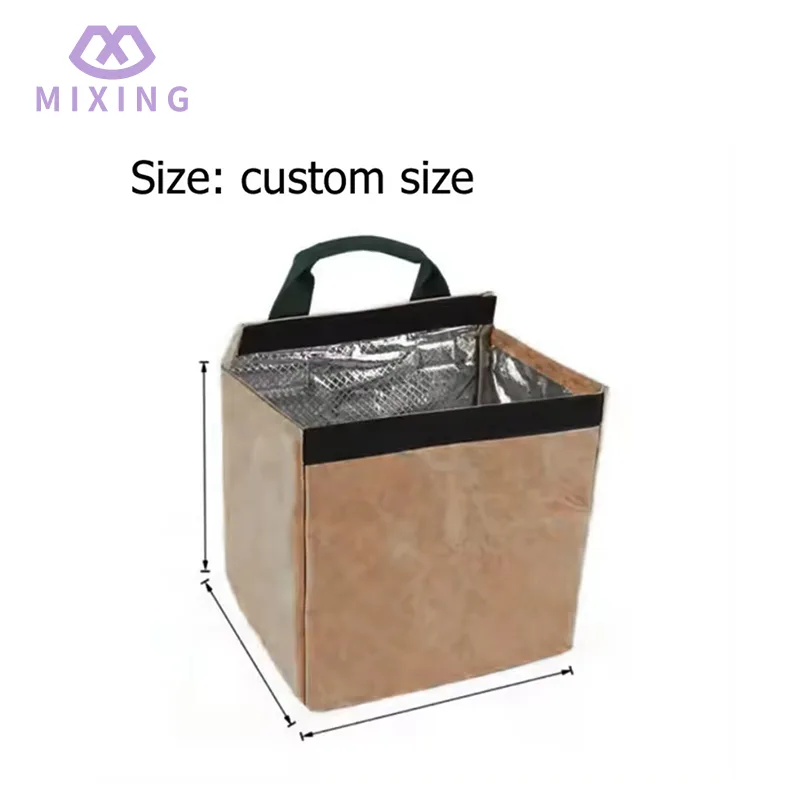
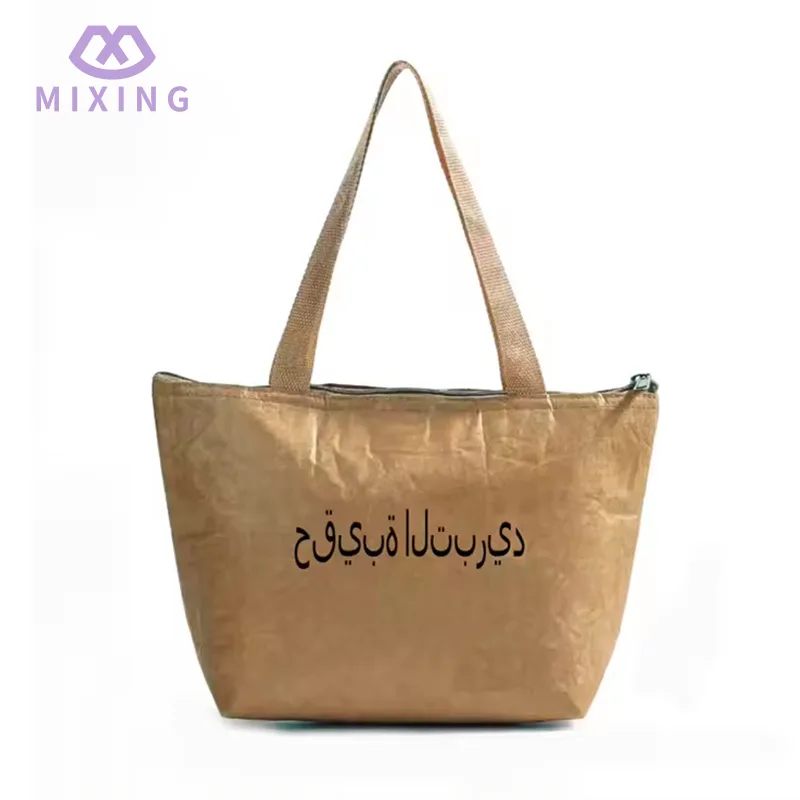
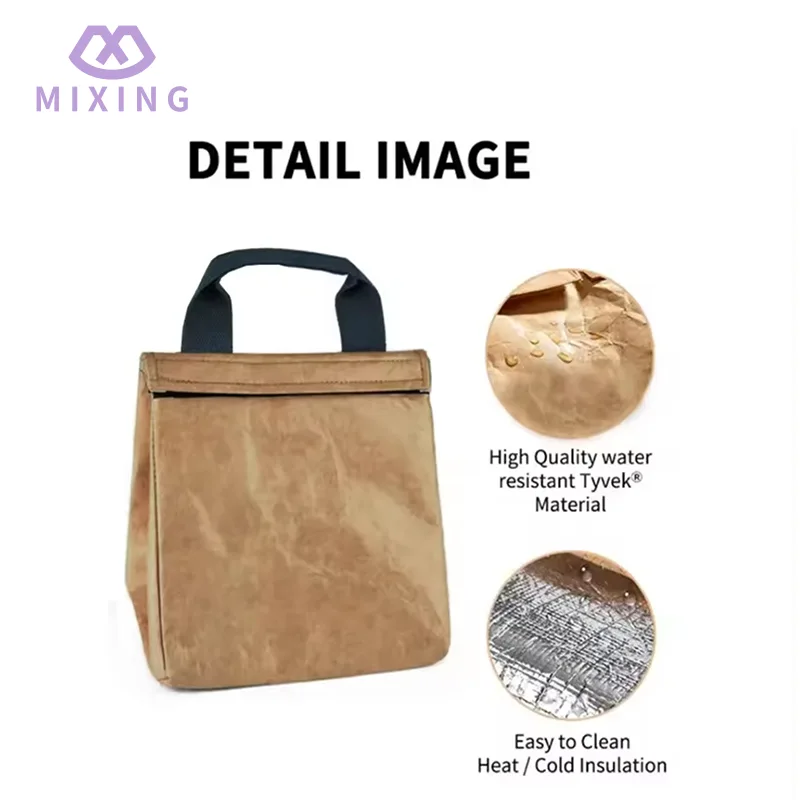
 English
English Español
Español Português
Português русский
русский Français
Français 日本語
日本語 Deutsch
Deutsch tiếng Việt
tiếng Việt Italiano
Italiano Nederlands
Nederlands ภาษาไทย
ภาษาไทย Polski
Polski 한국어
한국어 Svenska
Svenska magyar
magyar Malay
Malay বাংলা ভাষার
বাংলা ভাষার Dansk
Dansk Suomi
Suomi हिन्दी
हिन्दी

